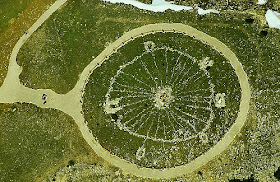An average weekday in June, sun setting
at 9:00pm, a quiet night at home, waiting for the rice to cool off, waiting for
the thunderstorm to break, waiting for Cliff Lee’s first win, just sitting around waiting for the
phone to ring, ladies…and I make the heart-breaking mistake of delving into the
photo archives to look at tree-pictures I never posted.
What happened?
There are just too many trees and not
enough time.
Out there on the mean streets, I always
end up running into trees that don’t quite fit into my planned posts.
I mean, I’ve missed a lot of great
trees.
The yellowwood and the black
locust?
Never got around to writing about that deep-ridged bark. Never got around to describing their brief spell of dangling flowers in mid-spring, though I have loads of pictures.
Honey-suckle and fringe trees?
 Yeah, I missed that boat too…although even
their pretty pictures can’t capture the spring breezes that always belied their
presence, wafts of honey out of the corner of your eye.
Yeah, I missed that boat too…although even
their pretty pictures can’t capture the spring breezes that always belied their
presence, wafts of honey out of the corner of your eye.
The horse chestnut? Now, that’s a big regret.
What a spectacular miss. It’s got everything I’m looking for in a tree. Droopy branches. Big-fisted, tear-drop leaves. Bright steeples of spring flowers just popping out of the green.
What happened, Jon Spruce? I was busy, horse chesnut. Busy and lazy.
Well, I won’t make the same mistake this
time. Here are three quick sketches of
three notable trees…trees I just can’t watch pass by.






